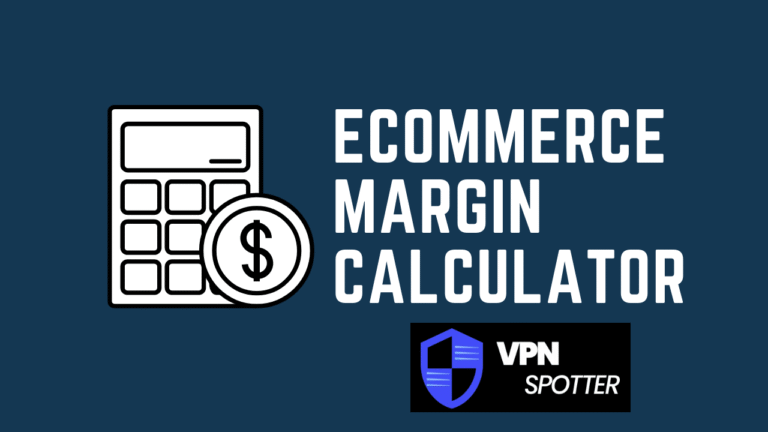In the digital world of finance, investing, and business, the concept of “margin” plays a analytical role. Whether you are a trader estimate your buying power, a business owner evaluating profit margins, or an e-commerce seller trying to price products, understanding margin is essential. To clarify and streamline the calculation process, margin calculators have enhance indispensable tools.
In this content we are providing a full and comprehensive overview of margin calculators. It explains what they are, how they work, the different types available, and how they can be used effectively in 2025 and beyond. We will also cover their advantages and drawbacks, common mistakes, and recommend some of the best tools currently available.
What is Margin?
Margin can have dissimilar and many meanings depending on the context. In trading, margin refers to the capital required to open or maintain a leveraged position. In business, it refers to the difference between the cost of a product or service and its selling price.
What is a Margin Calculator?
A margin calculator is a software tool or web-based application that performs margin-related computations. It automates the process of calculating required capital, expected profits, or markup percentages, making it easier for users to make informed decisions.
Types of Margin Calculators
There are several types of margin calculators, each tailored to a certain use:
- Trading Margin Calculator: Calculates required margin and leverage for trading positions T/P loss.
- Business Profit Calculator: Helps businesses determine gross, operating, and net profit margins.
- Cryptocurrency Margin Calculator: Tailored for volatile digital markets and includes liquidation and funding fee computations.
- E-commerce Margin Calculator: Designed for online sellers to calculate profit margins after shipping, platform, and advertising fees.
How a Margin Calculator Works
Margin calculators usually need inputs such as cost price, selling price, usually margin percentage, leverage (for trading), and trade size (for trading).
Some common formulas include:
- Gross Margin (%) = (Selling Price – Cost Price) / Selling Price * 100
- Required Margin for Trading = Trade Size / Leverage
For example, if the cost price is $100 and the crave margin is 30%, the selling price would be calculated as $100 / (1 – 0.30) = $142.86.
Benefits of Using a Margin Calculator
Using a margin calculator offers numerous benefits. It enables quick and accurate calculations, reduces the risk of human error, allows for testing different pricing scenarios, supports strategic financial decisions, and is often freely available online.
Margin Calculators for Traders
Traders use these calculators to avoid overleveraging, estimate required capital, and assess risk. A margin calculator helps prevent margin calls and supports sound trading strategies.
Margin Calculators for Businesses
Businesses use margin calculators to set selling prices that ensure profitability, evaluate product performance, and prepare financial forecasts. For example, if the cost of a product is $60 and the desired profit margin is 25%, the selling price would be calculated as $60 / (1 – 0.25) = $80.
Manual vs. Online Margin Calculators
Manual calculations can be prone to errors and are time-consuming, especially with complex data sets. Online calculators are generally more accurate, faster, and easier to use. They handle complex inputs and provide results instantly without requiring knowledge of formulas.
Pros and Cons
The best benefits of using a margin calculator include speed, accuracy, ease of use, and save time and improved financial planning. However, some tools may oversimplify complex scenarios, lack context-specific variables such as taxes or shipping, and will not be replaced strategic financial judgment.
Common Mistakes to Avoid
Common mistakes when using margin calculators include ignoring additional costs such as overhead or taxes, relying solely on calculator outputs without understanding the underlying logic, using outdated input values, and misunderstanding leverage risks in trading scenarios.
Recommended Margin Calculators in 2025
Several margin calculators are trusted and widely used in 2025:
- Shopify Profit Tool for e-commerce
- IC Markets Calculator for forex trading
- Investing.com Margin Tool for stock and options trading
- BabyPips Margin Tool for learning and beginner traders
- Omnicalculator for general business and trade use
Frequently Asked Questions
What is the difference between margin and markup? Margin is based on selling price, while markup is based on cost price.
Are margin calculators suitable for cryptocurrency trading? Yes, some calculators are specifically designed for crypto and consider market volatility and funding fees.
Can Excel be used to make a custom margin calculator or not? If Yes so, Excel is a versatile tool for building personalized margin calculators.
Are online margin calculators accurate? Yes, provided the inputs are correct and up to date, online calculators are generally reliable.
Final Thoughts
Margin calculators are powerful tools for traders, business owners, and e-commerce Specialist. While they cannot restore the calculated thinking or full economic analysis, they provide essential assist for accurate decision-making. With access to updated, specific tools in 2025, users can gain profitability, manage risks, and save time.
If you need a margin calculator tailored to a specific industry or business model, consider using spreadsheet software or requesting custom-built tools from professionals.

